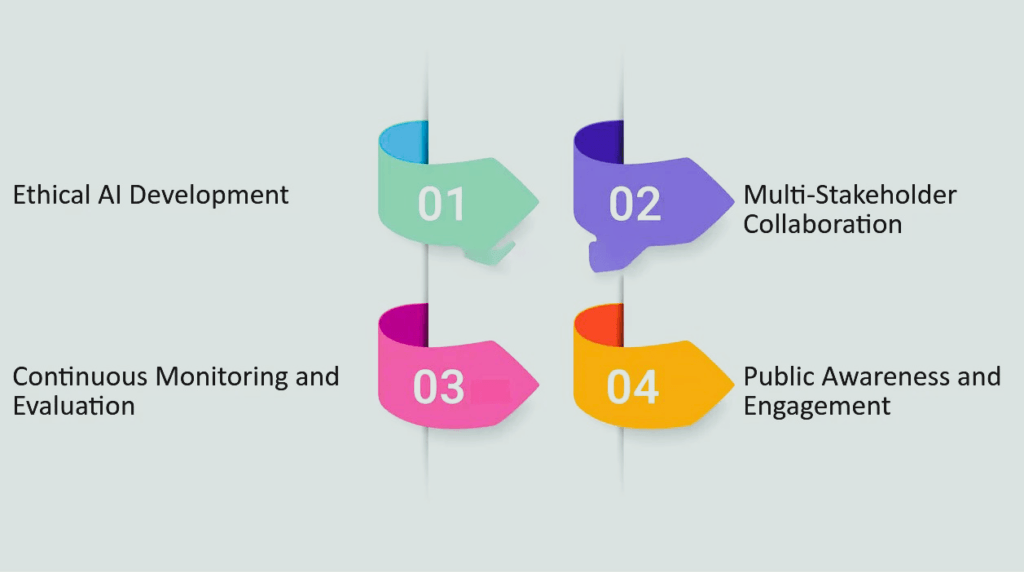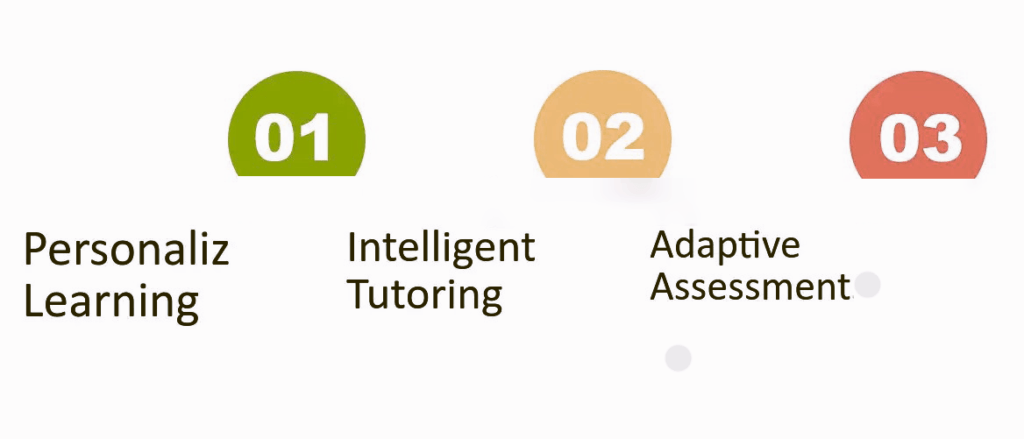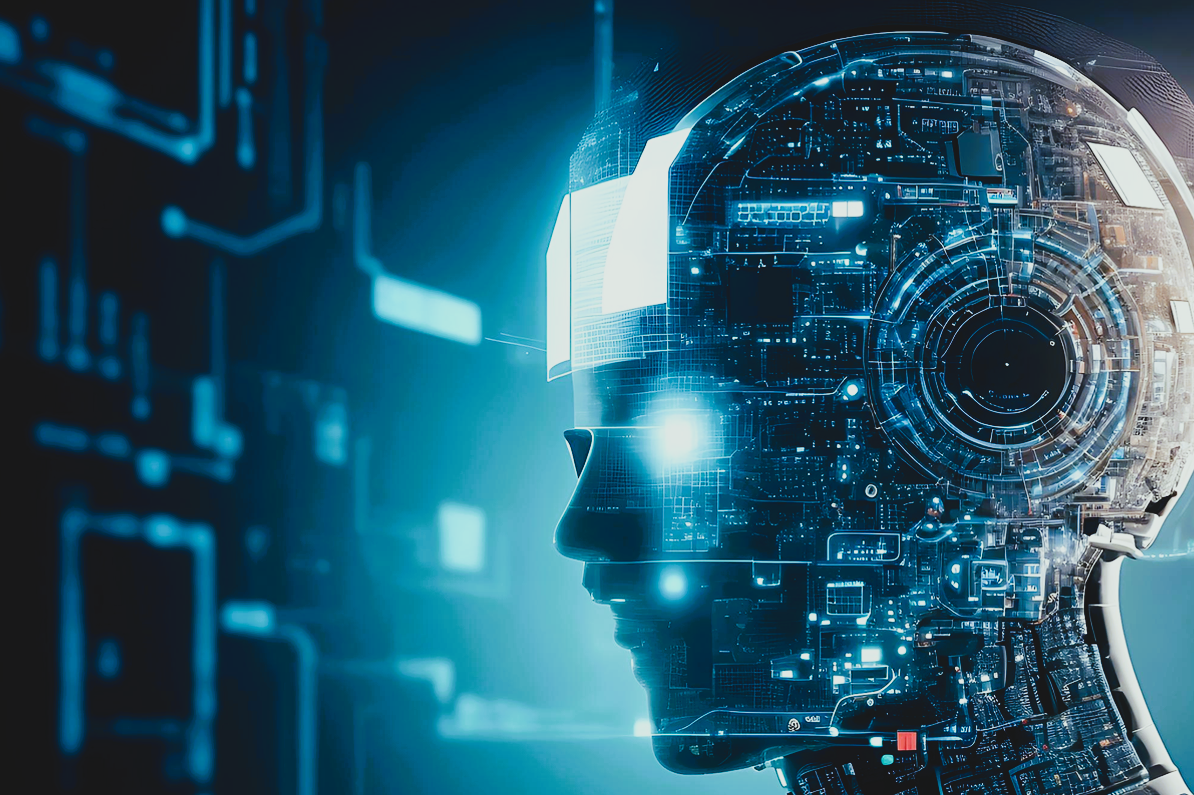Artificial General Intelligence (AGI) is a form of AI that can understand, learn, and perform tasks across a wide range of subjects, much like humans. Unlike today’s AI, which focuses on specific tasks, AGI aims to replicate the intelligence that allows humans to think, learn, and adapt in different situations.
Understanding AGI is important as it represents the next step in technological advancement, potentially changing industries, societies, and daily life. This article will explore how does Artificial General Intelligence works, its core principles, challenges, and the future of this groundbreaking technology.
Historical Context
Artificial Intelligence (AI) development has a long history, starting in the 1950s. Early AI systems were designed to solve specific problems, like playing chess or doing simple math. These were early forms of narrow AI, which excel at particular tasks but can only learn new things within their focus.
Over time, AI research led to breakthroughs in machine learning and neural networks, bringing us closer to AGI. The idea of AGI goes beyond narrow AI it involves creating a machine that can think and learn like a human across a wide range of tasks and subjects.
Core Principles of AGI
AGI is built on several key principles:
Generalization and Learning:
Unlike narrow AI, which can only handle the task it was programmed for, AGI needs to learn and generalize knowledge. For example, an AGI should learn to recognize images and understand them in different contexts, like a human would.
Cognitive Architectures:
Cognitive architecture refers to the structure of the brain’s thought processes. AGI systems are often modeled after human cognition, meaning they are designed to think similarly to how humans process information. This helps AGI make decisions, solve problems, and learn from experience.
Adaptability and Problem-Solving:
AGI must be adaptable. It should be able to handle new problems and situations it has never seen before. This adaptability is key to AGI because it allows the system to work in various environments, not just the ones it was trained for.
Mechanisms of AGI Functionality
AGI relies on several technical components to function effectively:

How does artificial general intelligence work
Neural Networks:
Neural networks are an AI model miming the human brain’s structure. They consist of layers of nodes (like neurons) that process information and learn patterns. Neural networks allow AGI to understand complex data, such as recognizing images or analyzing large amounts of information. These networks are key to AGI’s ability to learn and improve over time.
Machine Learning:
Machine learning is the process by which AGI improves itself. AGI can analyze data, identify patterns, and make predictions through machine learning techniques. By learning from past experiences, AGI can generalize its knowledge and apply it to new situations.
Integration of Data Sources:
AGI systems pull information from different data sources, such as text, images, and real-world inputs. This integration allows AGI to understand the world better, helping it learn and solve problems more effectively.
The Role of Natural Language Processing
For AGI to work well, it needs to understand human language. This is where Natural Language Processing (NLP) comes in. NLP allows AGI to understand, interpret, and respond to human language. Here’s how it works:
Language Understanding:
AGI must be able to process and understand complex sentences, meanings, and even emotions conveyed through language. This enables AGI to have meaningful conversations with people, answer questions, and provide useful information.
Techniques for Language Processing:
NLP relies on sentiment analysis (understanding the emotion behind words) and language translation. These techniques allow AGI to communicate effectively and help users solve problems through conversation.
Human-Computer Interaction:
A big part of AGI’s success will depend on how well it can communicate with humans. With NLP, AGI systems will interact naturally with users, making it easier for people to engage with and benefit from AGI technology.
Ethical Considerations
As with any powerful technology, there are ethical concerns surrounding AGI development. Some key issues include:

Potential Risks:
AGI could pose risks if it were to make decisions with unintended consequences. Since AGI would have the ability to learn and act independently, ensuring its actions are aligned with human values is crucial.
Ethical Frameworks:
Developing AGI responsibly requires clear ethical guidelines. These frameworks help ensure that AGI systems are designed and used in ways that benefit society and avoid harm.
Balancing Innovation with Responsibility:
As AGI technology advances, it’s important to balance innovation with ethical responsibility. Developers need to ensure that AGI is designed in a way that respects privacy, avoids bias, and is used for good.
Current Research and Developments
Many leading organizations and research institutions are working on AGI:
Research Contributions:
Companies like OpenAI, DeepMind, and universities are at the forefront of AGI research. They are working on creating more advanced AI systems that can understand and learn like humans.
Breakthroughs:
Recent advancements in machine learning and neural networks have brought us closer to AGI. These breakthroughs enable AI systems to handle more complex tasks and learn from diverse data.
Future Directions:
The future of AGI research looks promising, with potential advancements in areas like self-learning systems, improved natural language understanding, and enhanced adaptability.
Applications of AGI
AGI could have a transformative impact on various industries, such as:
Healthcare:
AGI could assist in diagnosing diseases, developing treatments, and even conducting complex surgeries.
Education:

Personalized learning experiences could be created using AGI, tailoring educational content to individual student needs.
Business:
AGI could revolutionize industries by automating decision-making processes, optimizing operations, and providing strategic insights.
Challenges in Achieving AGI
While AGI holds great promise, there are still significant challenges:
Technical Hurdles:
Developing AGI is incredibly complex. Creating a system that can think and learn like a human requires overcoming many technical barriers.
Societal Challenges:
There are concerns about how AGI will impact jobs, society, and global economies. Managing these societal changes will be a challenge.
Ongoing Debate:
Within the scientific community, there is an ongoing debate about how close we are to achieving AGI and whether it’s even possible to create.
Conclusion
Understanding how Artificial General Intelligence works is crucial as it represents the future of AI technology. With the potential to learn, adapt, and think like humans, AGI could transform industries and daily life.
While there are still challenges ahead, the future of AGI is bright, and ongoing research will continue to shape its development. As we progress, we must explore the possibilities AGI offers and ensure ethical principles guide its development.






very good brief